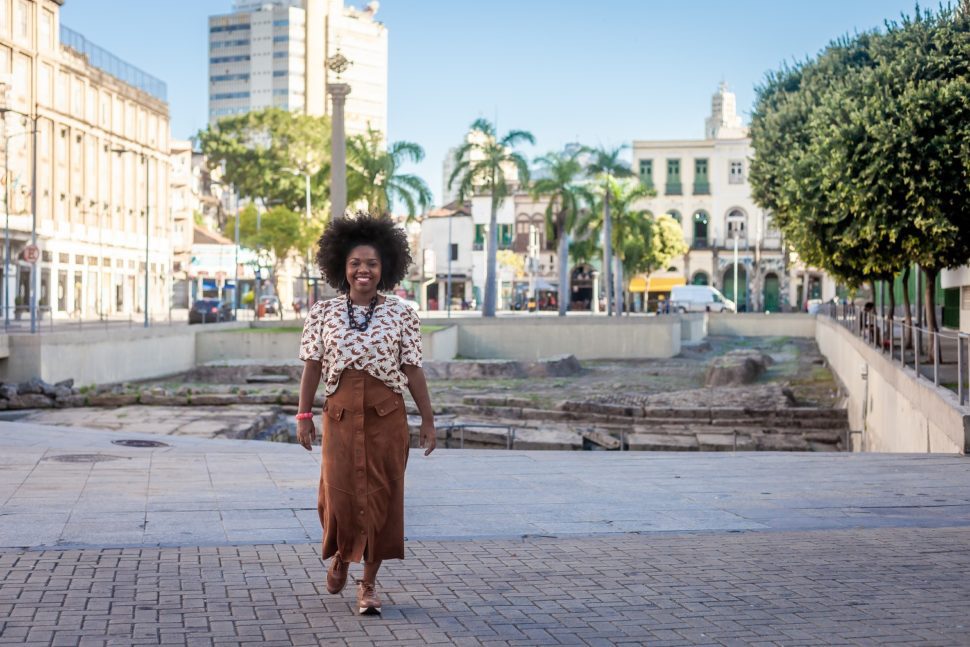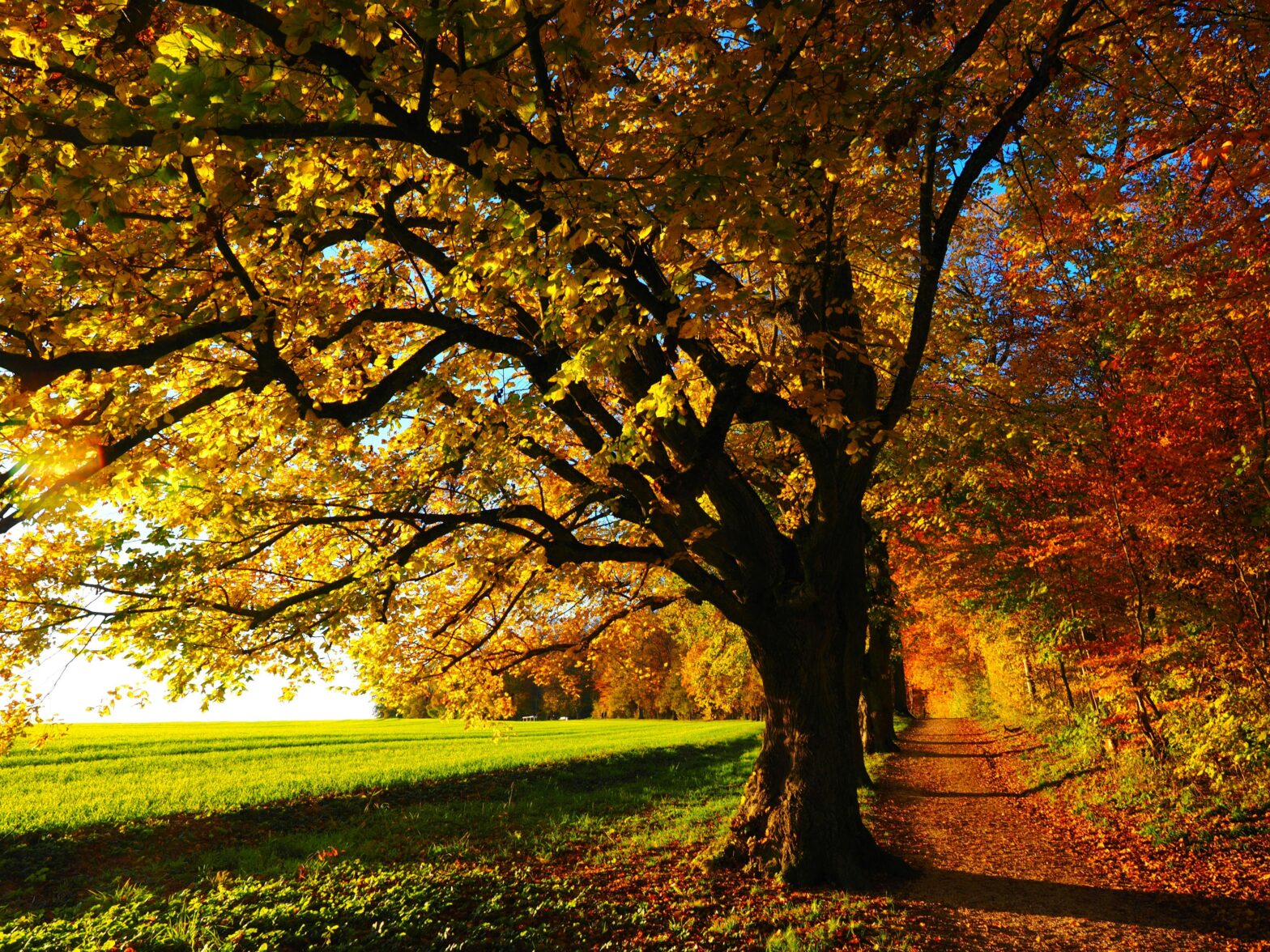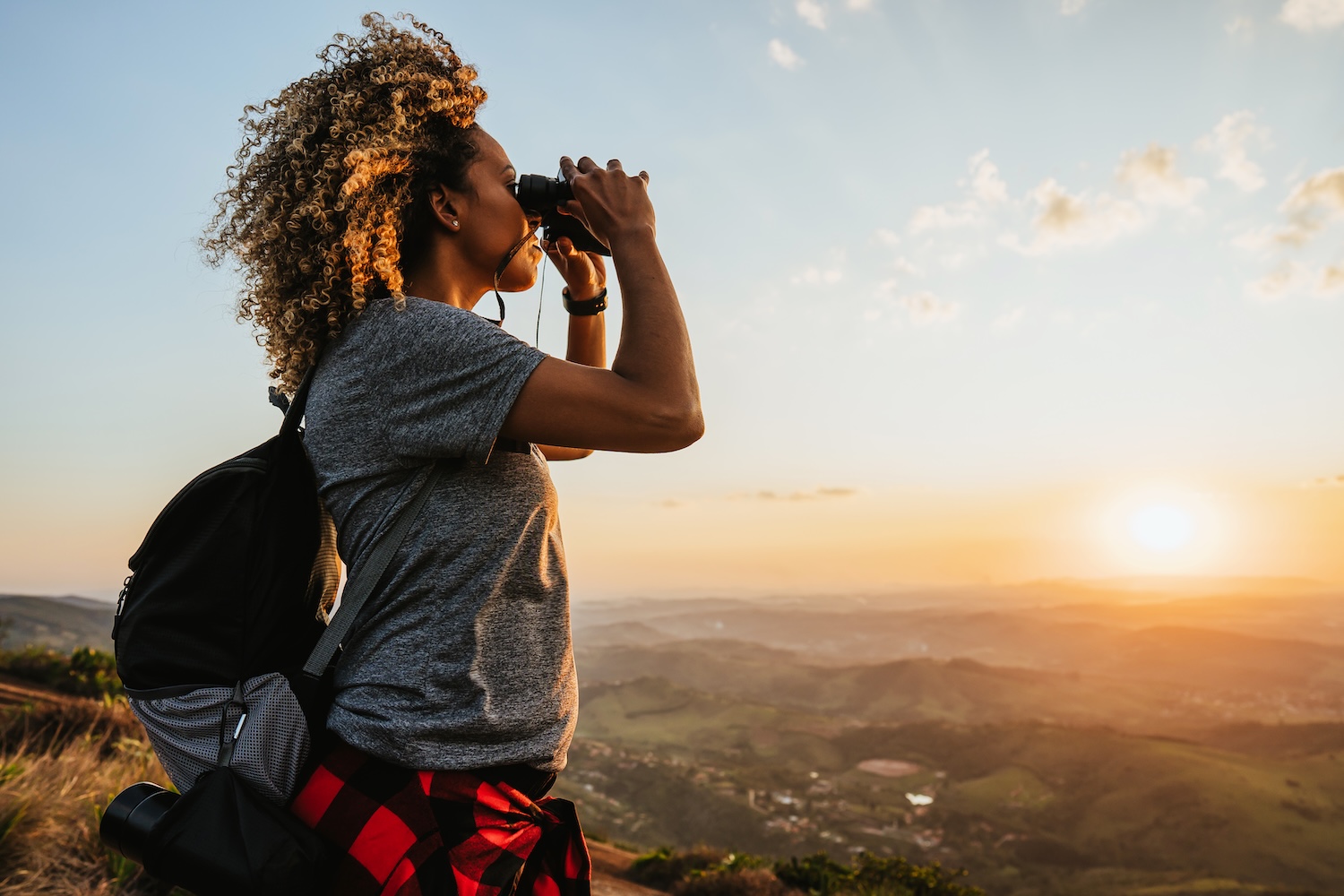Located in Brazil’s southeastern region, Rio de Janeiro is the second-largest city in the country. Rio attracts hundreds of thousands of visitors every year from many parts of the world. Known for its beautiful beaches and impressive landscapes, tourists flock to visit the world-famous Christ The Redeemer statue and the Sugar Loaf mountain. From there, they can see some of the best views in the world. Enjoying the beach on a sunny day and lunching in one of the restaurants or bars near the beach are some of the city’s favorite activities that many tourists love to do when they are there.
But Rio de Janeiro has other interesting things to offer. As the house of the second-largest Black population in Brazil, with roughly 3 million people, almost 50% of the total population, the city is filled with a strong Afrocentric culture that shows the importance of its Black population’s contributions to the city.
Here are some of the Black history and cultural sites you should check out:
Museum of Afro-Brazilian History and Culture (Muhcab)
Its mission is to promote a wide understanding of Black history and culture in Brazil. Muhcab features hundreds of works highlighting the importance of African people in forming Brazilian culture, heritage and identity as known nowadays. Also, it celebrates the art and accomplishments of the Africans and Afro-Brazilians.
New Black People Cemetery Museum
Buried and forgotten for almost 200 years, a cemetery of enslaved Africans who arrived in Rio de Janeiro in the 18th and 19th centuries has been turned into a museum.
Discovered in the 1990s during a renovation process of an abandoned house in Rio de Janeiro, the Museum of Pretos Novos Cemetery (Newly Arrived Blacks Cemetery Museum) now lies in Rio’s downtown area, and it is one of the most painful sites from the slavery era in Brazil.
The Valongo Wharf

The Valongo Wharf is a location where most enslaved Africans entered Rio and where a large slave market existed.
In 2017, the Wharf has been declared a World Heritage site by the Unesco.
Church of Our Lady of the Rosary of Black Men
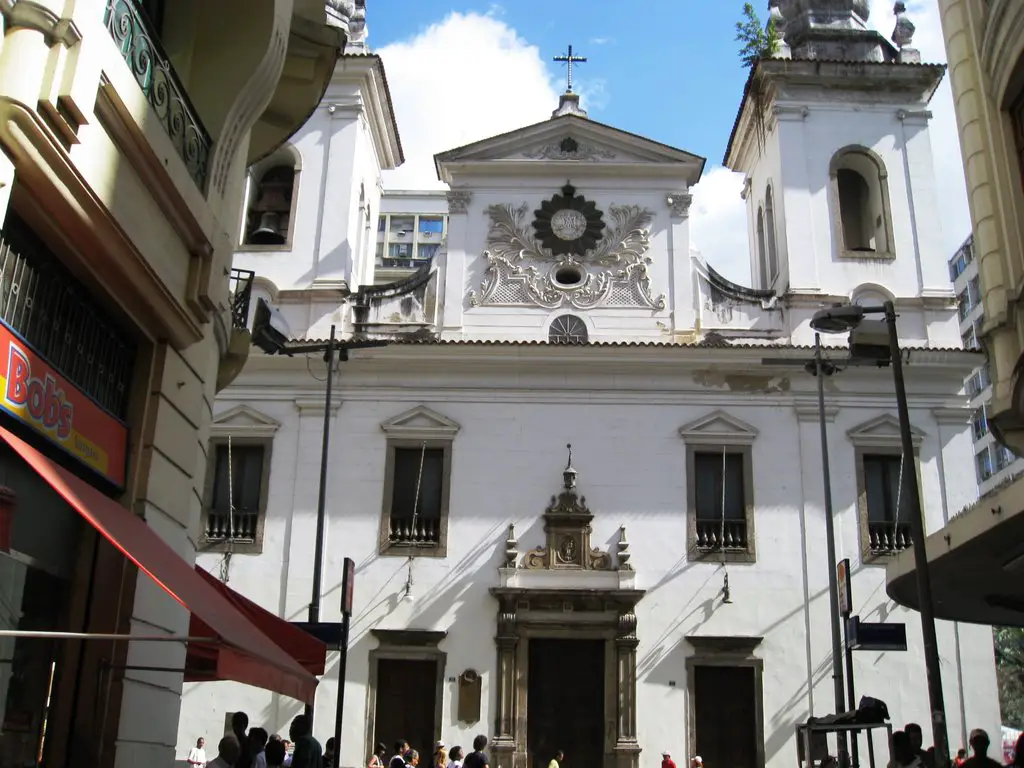
The Brotherhood of Our Lady of the Rosary was a lay benevolent association of Enslaved Black Brazilians dating back to the 1600s. The association built Catholic churches in many Brazilian states. In Rio de Janeiro, The Church of Our Lady of the Rosary of The Black People was built in 1737, with the resources of freed Black Brazilians who live in an area called Little Africa.
The church played an important role in receiving abolitionists; There, they gathered to establish plans to end slavery in Brazil in the late 1800s.
Uruguaiana Street, 77- Centro – Rio de Janeiro.
Pedra do Sal
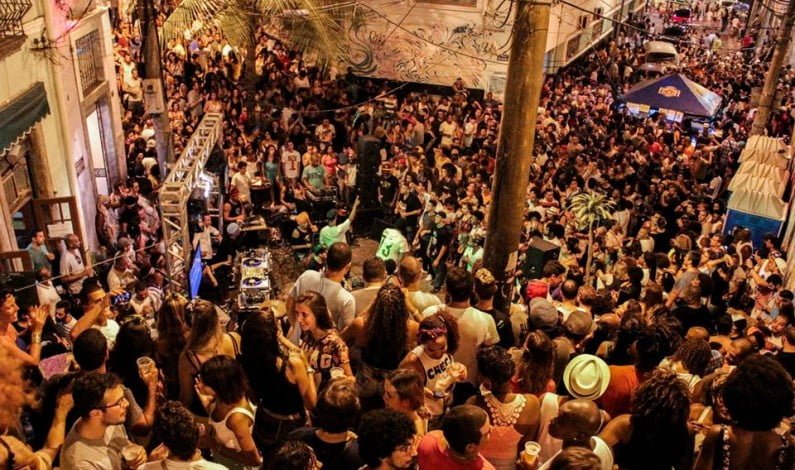
Pedra do Sal (The Salt Rock) makes part of the region historically known as Little Africa.
There, freed Black people dwelled and promoted Afro-Brazilian culture such as Samba music and capoeira (Afro-Brazilian martial art that combines elements of dance, acrobatics, and music) in the late 1800s after the end of the slavery-era in Brazil.
On the slave’s houses and forrós it has played the “choro with flute”, small guitarand guitar. On the backyard, it has happened the rural samba, played with the hands, with tambourine, plate and knifes; and dancing with tap dancing, sieved and “umbigadas”. It was there that was born the urban carioca samba, that came from “popular sambistas” and old ranches of the carnival.
Pedra do Sal was also considered as a sacred place to orders and offerings from the African religions. As historical and religious heritage, from there, it was extracted by the slaves, in the XIX century, stone cuts for the building of roads and the Rio de Janeiro port. The place, that was very close to the sea, served as salt departure and arrivals, using to the leather manufacturing and meat preserves.
Today, Pedra do Sal is an animated samba stage of Roda de Pedra group. The place has sympathetic colorful casarios, flanked by a staircase and the historical slope of rock. The party attracts tourists and youth from many neighborhood of the city.
Black-Owned Restaurants
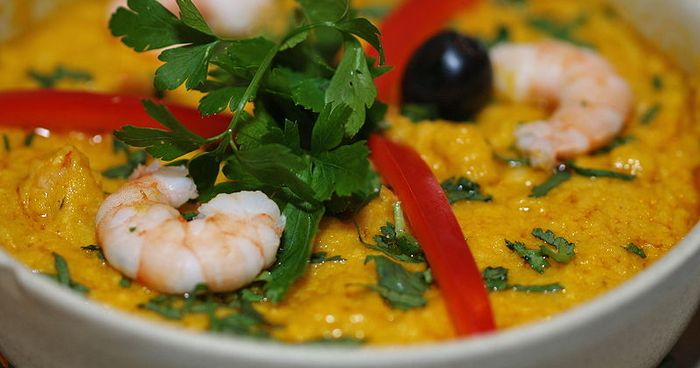
Afro-Brazilian cuisine features strong influence from West Africa. Malagueta pepper, dendê (palm oil), seafood, coconut milk, banana, and okra are some of the main ingredients that make Black Brazilian food so unique. These are some of our favorite Black-owned restaurants in Rio.
Black Parties

One of the best ways to experience Afro-Brazilian culture in Rio is to explore its several Black parties across the city. From the birthplace of Samba in Little Africa to R&B parties in Madureira, the Blackest neighborhood in Rio.
